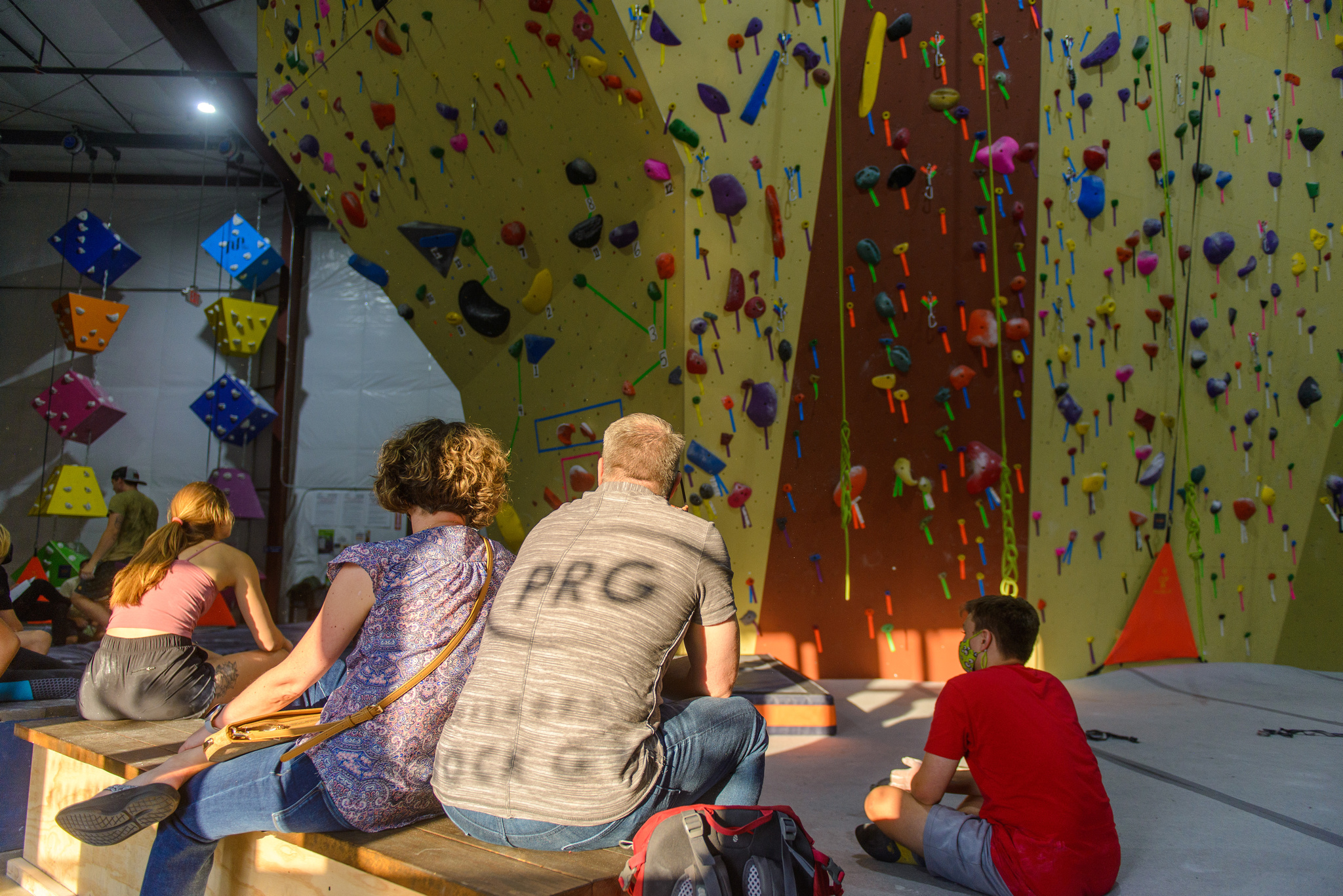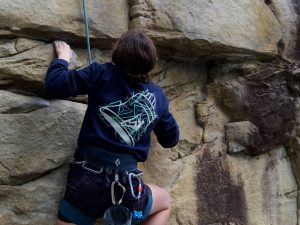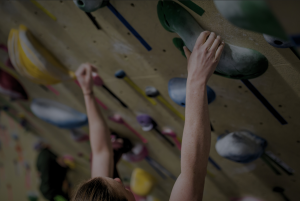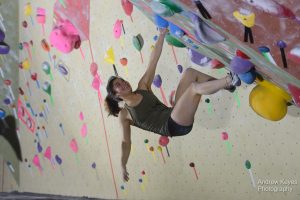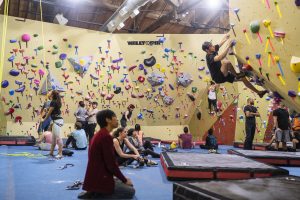Bad Habits Lead to Falls
Climbing is all about staying on the wall. In this article, we will discuss a few habits that climbers tend to bring into the sport which can burn up unnecessary energy and increase the likelihood of falls. These are habits we would like to “unlearn.” We’ll replace them with more efficient skills we have so far discussed in our articles. We’ll cover the 4 bad habits you must avoid in climbing particularly focusing on your lower body.
1) Avoid Standing on the Ball of the Foot or the Instep
For many of us, years of standing on stools, chairs, ladders, tree branches, slack lines, and dozens of less stable surfaces have taught us something. The more of your foot you can plant on something, the less likely you are to fall over.
And, to be fair, when you stand in street shoes on something big enough to accommodate most of your foot, this is probably a good strategy. And it is certainly more comfortable.
However, footholds in climbing have very little in common with these surfaces. Climbing shoes, as we have discussed, are designed for a very different purpose than a typical shoe.
As a result, standing on the ball of your foot or your instep, on most climbing holds leads to very poor balance, indeed. Perhaps more importantly, the vast majority of footholds are too small to accommodate these parts of the foot. This can quickly lead to your foot slipping off of a hold and many unnecessary falls.
Therefore, new climbers should be wary of slipping into the more “comfortable” habit of trying to get the bulk of their foot onto a hold. They should aim to develop the habit of only using their climbing shoe on one of its points of strength. This is primarily the inside edge, and eventually the outside edge or the toe of the shoe.
2) Avoid the 'M' Position (Except When Resting)
Despite our simian ancestry, many people, especially as we become adults, begin to develop a healthy fear of unbalanced positions. This is especially true when they are looking at a fall. This fear of being “out of balance” when off the ground is commonly confused with a fear of heights. However, it is a fear of the feeling of falling.
This is both a reasonable and helpful fear in many circumstances. Take walking around on your roof, or playing hopscotch in a tree, for example. However, this fear can be a killer to your climbing career. And in fairness, climbing usually involves ropes and large fluffy pads to take care of a fall.
Often unknowingly, this fear of the feeling of falling is what many climbers develop. It is a preference for positions on the wall which feel stable. The ‘M’ is one of the most common of these positions.
This position is where a climber places both of their feet on the wall at roughly the same level, suspending their hips between their legs, with knees bent. This makes the lower body look like an ‘M.’ When we try to move from this position, we don’t get our hips over one foot or the other. This interferes with weight shifting and severely limits our reach.
Though this position is common at all angles, it begins to cause the most problems at the vertical.
The desire to feel stable is a powerful one, which is why so many climbers develop this habit. But it helps to remember that, by definition, stable means “hard to move.” When resting and shaking out, this may provide a benefit; but when you are committing to a reach, the last thing you want is to be hard to move!
Of course, the better habit is to commit fully to one foot or the other, straightening the other leg into a good flag or oppositional position. Instability encourages motions; so remember, you only need one foot to do a move!
3) Avoid Bending Your Flagging Leg
Unfortunately, many climbers have a habit of focusing all their attention on the next hold. Doing this can lead to allowing their lower body to “fend for itself,” as it were.
This frequently leads to the flagging or opposing leg bending. Unfortunately, this can prevent your hips from truly getting over your foot. In the worst case, it can cause your flagging leg to dangle limply from your hips and begin to drag you away from the wall.
Straight legs in flagging and oppositional positions create better balance and more power from your legs. The habit you want to aim for is to keep your attention on your lower body throughout a move. Your feet are nowhere near as smart as your hands. They need more supervision to do their job well.
4) Avoid Getting Stuck 'Halfway'
Our tendency to focus on the next hold and to crave stability causes issues with more than just flagging and the ‘M.’
Many climbers, both new and experienced, tend to stop pushing up on their leg when they feel they are getting close to the hold they are reaching for, or when they feel out of balance.
In some cases, this is the result of not wanting to give up our lower foot and fully commit to one leg to be our motion point. In other cases, an insecure foothold leads to the feeling that if we put our full weight on the upper foothold, it won’t stay.
Whatever the motivation, this approach frequently leads to positions where we stop halfway through straightening our leg, and the feeling that we can’t reach any further.
There are however two positions in which a person will tend to feel naturally “balanced” when standing on one leg. One is when the leg is completely bent (as at the beginning of a move when they are sitting on their heel). The other is when the leg is completely straight.
Especially on slab, climbers should develop the habit of standing up onto a completely straight leg even when they can reach a hold sooner.
Note: The only area where this suggestion does not generally apply is when smearing. In order to maintain a smear, a climber must be leaning out from with wall and maintain pressure against the face. This typically cannot be done without at least a slight bend in the knees.
All material is reprinted with the permission of the author. Copyright 2022 David H. Rowland. All rights reserved.


